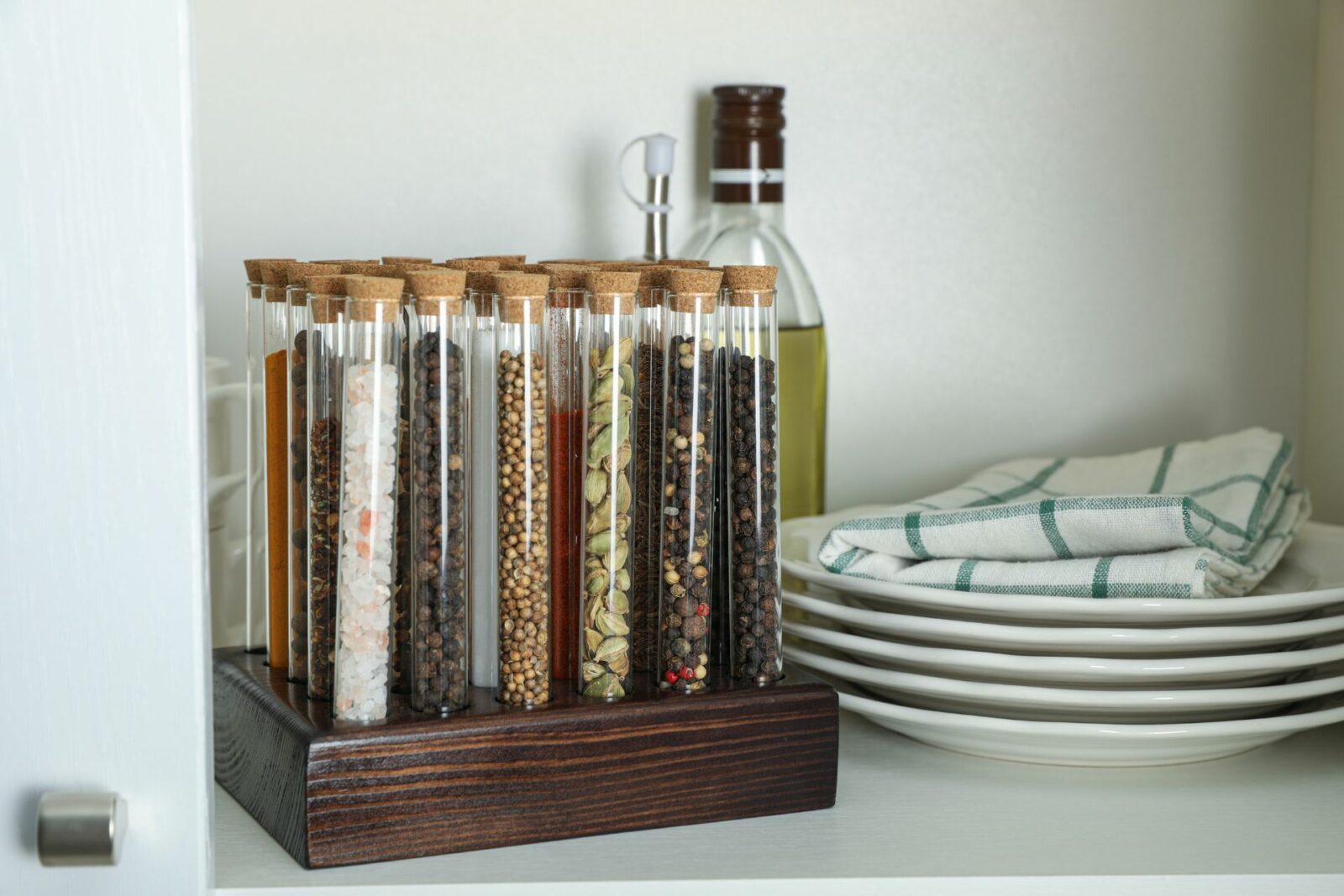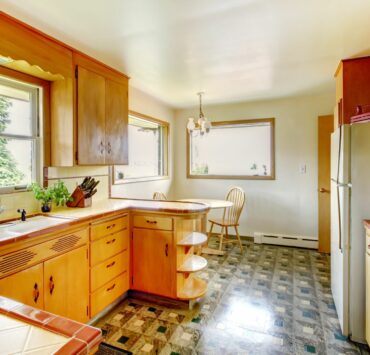A well-organized spice cabinet can transform your cooking experience, making it easier to find and access your favorite herbs and spices. In this detailed blog, we will explore practical tips, storage solutions, labeling ideas, and spice organization methods to help you create a functional and aesthetically pleasing spice cabinet that enhances your culinary adventures.
Assessing Your Spice Collection
Inventory and Expiration Dates
Start by taking stock of your spice collection. Check expiration dates and discard any outdated or stale spices. This will give you a clear idea of what needs to be organized and what can be replaced.
Sorting and Categorizing
Group your spices into categories based on usage or cuisine type. Common categories include herbs, baking spices, international spices, and everyday essentials. This step will facilitate easier access and organization.
Choosing the Right Spice Cabinet
Cabinet Size and Location
Assess the available space in your kitchen and choose a cabinet that fits your spice collection. Consider a wall-mounted spice rack, a dedicated cabinet shelf, or a pull-out spice drawer depending on your preferences and kitchen layout.
Accessibility and Visibility
Opt for a spice cabinet with adjustable shelves, clear glass doors, or open shelves. These features make it easier to see and access your spices, eliminating the need to rummage through cluttered cabinets.
Temperature and Light Considerations
Keep in mind that spices are best stored in a cool, dark place to maintain their flavor and potency. Choose a cabinet away from direct sunlight and heat sources like stovetops or ovens.
Spice Cabinet Organization Tips
Proper Container Selection: Consider transferring spices from their original packaging to airtight containers to maintain freshness. Use uniform containers or spice jars that are labeled for a neat and organized look.
Labeling and Identification: Label each container with the spice name and date of purchase. Clear and legible labels make it easier to locate and identify spices quickly. Consider using color-coded labels or decorative tags for added visual appeal.
Utilizing Spice Racks or Organizers: Invest in spice racks, tiered shelves, or drawer organizers specifically designed for spice storage. These solutions help maximize space and keep spices easily accessible and visible.
Alphabetical or Categorical Arrangement: Choose an organization method that works best for you. Arrange spices either alphabetically or by category, depending on your preference and ease of use.
Store Frequently Used Spices at Eye Level: Keep frequently used spices within easy reach, ideally at eye level. This ensures convenience during cooking and prevents other spices from blocking access.
Utilize Vertical Space: Make use of the vertical space inside your cabinet by installing additional shelves or magnetic strips on the cabinet doors to hold small spice containers or magnetic spice tins.
Maintaining and Updating Your Spice Cabinet
Regular Inventory Checks: Periodically review your spice collection to check for expired or unused spices. Discard any spices that have lost their flavor or aroma.
Refreshing and Replenishing: Update your spice collection as needed, replacing spices that have expired or adding new spices to explore different flavors and cuisines.
Regular Cleaning: Clean the spice cabinet regularly to remove dust or residue. Wipe down containers and shelves to maintain a tidy and hygienic space.
A well-organized spice cabinet enhances the efficiency and joy of cooking. By implementing the tips and strategies outlined in this blog, you can create a functional and visually appealing storage area that simplifies your culinary endeavors.








